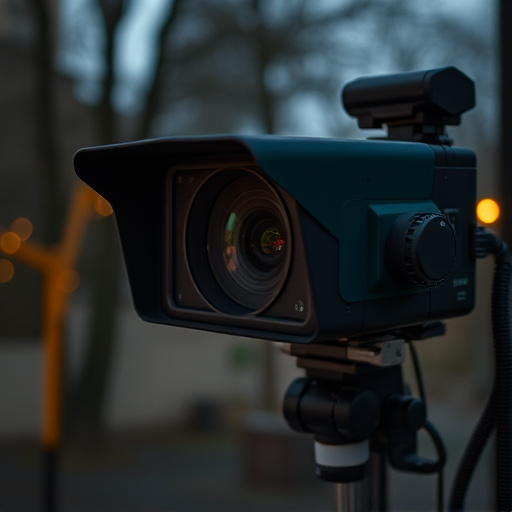In today's digital age, convincing decoy cameras have become crucial tools for businesses to bolster security and protect against covert recordings while navigating legal consent requirements. These discreet devices mimic everyday objects, serving as visual deterrents and evidence gatherers that adhere to privacy laws when properly deployed and disclosed. By strategically placing them in unexpected locations throughout a facility, businesses can maximize their deterrent effect and create a safer working environment.
In today’s digital age, covert recording plays a pivotal role in enhancing security measures for businesses. This comprehensive guide delves into the world of convincing decoy cameras as a powerful tool against theft and vandalism. Understanding the legal implications of covert recording is essential, and this article provides valuable insights to ensure compliance. We explore how the right decoy camera features can deter criminals while discussing effective placement strategies for optimal results. Discover the game-changing benefits of integrating Convincing Decoy Cameras into your business’s security arsenal.
- Understanding Covert Recording and Its Legal Implications
- Choosing the Right Decoy Camera: Features and Benefits for Businesses
- Effective Placement Strategies for Convincing Decoy Cameras
Understanding Covert Recording and Its Legal Implications
In the digital age, covert recording—the practice of secretly capturing audio or video content—has evolved from a niche concern to a critical aspect of business security and surveillance. While it offers valuable insights for businesses aiming to protect themselves from fraudulent activities, intellectual property theft, or employee misconduct, understanding its legal implications is paramount. The use of convincing decoy cameras, designed to blend seamlessly into the environment, has emerged as a popular tactic. These devices serve not only as visual deterrents but also as powerful tools for gathering evidence.
Business owners must navigate a complex web of regulations governing covert recording. Many jurisdictions have strict laws protecting privacy rights, often requiring explicit consent for audio or video surveillance. Using convincing decoy cameras, when properly deployed and disclosed, can help businesses stay within legal boundaries. By combining advanced technology with strategic placement, these devices offer a discrete means to monitor activities without raising suspicion, ensuring compliance while safeguarding operations from potential threats.
Choosing the Right Decoy Camera: Features and Benefits for Businesses
Choosing the right decoy camera can significantly enhance security and deter covert recordings in businesses, offering a convincing solution to an age-old problem. These innovative devices blend seamlessly into their surroundings, designed to mimic everyday objects like plants, fire alarms, or even books. They provide several key benefits for businesses seeking to safeguard sensitive areas.
First, their realistic appearance makes them highly effective at distracting potential intruders. Decoy cameras are crafted with meticulous attention to detail, featuring advanced optics and high-resolution sensors that capture clear, convincing images. Second, they offer peace of mind by actively deterring covert recording attempts while also providing tangible evidence if an incident occurs. With various models available, businesses can select decoy cameras tailored to their specific needs, ensuring maximum effectiveness in maintaining a secure environment.
Effective Placement Strategies for Convincing Decoy Cameras
To maximize the effectiveness of convincing decoy cameras, strategic placement is key. These devices should be positioned in areas that are both logical and unexpected. For instance, placing them near common access points like doors or windows can deter unauthorized entry but may seem obvious to potential intruders. Instead, consider less obvious spots like high shelves, behind decorative items, or within everyday objects that don’t draw attention. The goal is to make the cameras appear as natural parts of the environment, rather than security gear.
In a business setting, understanding your facility’s layout and typical workflows is crucial. Place decoy cameras at intersections of high-traffic areas, corridors, and rooms containing valuable assets. This approach not only covers more ground but also sends a clear message that surveillance is omnipresent. Regularly changing the positions of these decoys can further enhance their deterrent effect, keeping would-be intruders off-guard and contributing to a safer working environment.
In conclusion, understanding covert recording techniques and their legal boundaries is key for businesses aiming to enhance security. By implementing convincing decoy cameras with strategic placement, organizations can deter unauthorized activities while ensuring a safe and lawful environment. These methods offer a proactive approach to safety, providing peace of mind in today’s vigilant world.
